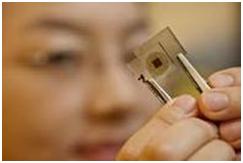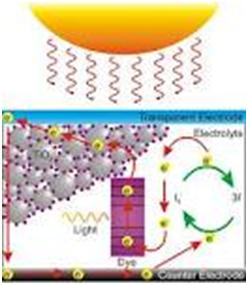Solar power is known as an alternative source of energy production, a known sustainable energy solution available with no additional cost than solar technology which human beings have achieved.
Solar energy is one of the gifted sources of energy production which was not found before. However, the advancement of modern science and technology has solved the many miserable things in the lives of human beings, like diseases, enhanced standard of living, electricity and water resources management, and finding the hidden benefits for human beings in this universe.
Solar researchers across the world are working tirelessly to boost the efficiency of solar cells of various genres. Of late, a team of researchers at Northwestern University has advanced up with an innovative breakthrough in solar cell efficiency. The researchers have shaped up a reliable dye-sensitized solar panel that is cheaper and can ensure better power efficiency than the regular cells.
The alternative and renewable solar technology is really a variant of the Grätzel cell, a kind of dye-sensitized solar cell, in which semiconductor titanium oxide in place of the conventional silicon material. The outcoming result of which solar cell, which is named after the Swiss chemist Michel Grätzel, delivers better power efficiency and is inexpensive, less toxic, and certainly environmental in several aspects, the researchers claim.
No doubt scientists have achieved a greater amount of success from continuous researches and have achieved is their successful attempt to solve a persisting problem with the Grätzel design. Since it makes use of an organic liquid as its electrolyte, there is a chance that it may leak in various conditions.

The leaked liquid is threatening because it will corrode the entire cell. Well, it is here the Northwestern University researchers have proved their credentials well. They developed a fresh material called the CsSnI3 that can solidify the liquid and prevent seepage under any condition.
CsSnl3 is used to turn to solid mass relating to issues of leakage in solar cells. The CsSnI3 is a very slim film compound, which merges cesium, iodine, and tin. It is basically added in liquid form to dye-coat nanoparticles, but it turns to a solid mass so that there won’t be any leakage issue. Well, as per the lead researcher, Robert P.H Chang, it is the first demo of a solid-state dye-sensitized solar cell that will provide efficient solar energy and a much better solution than solar energy which is available to us today.


